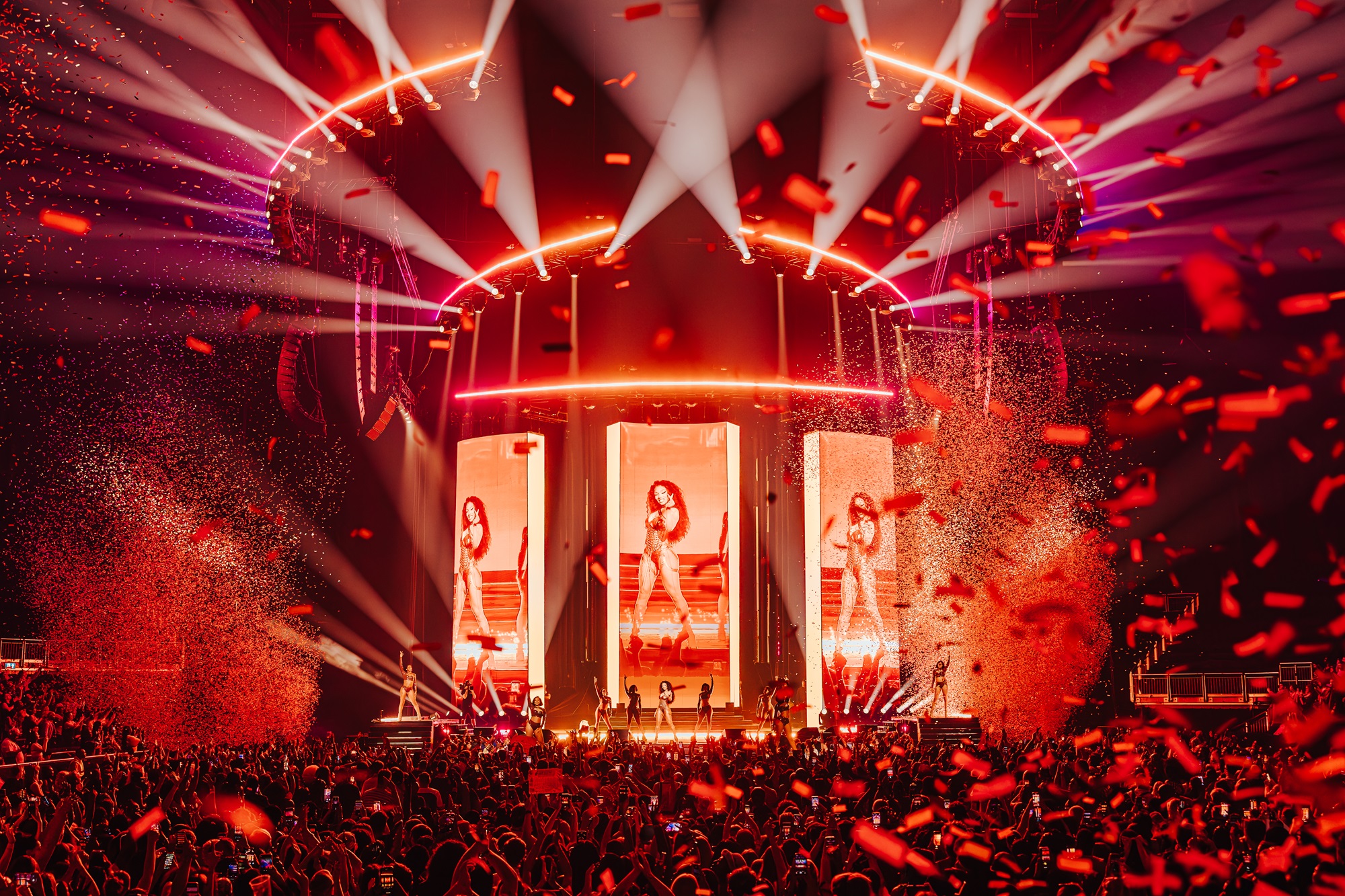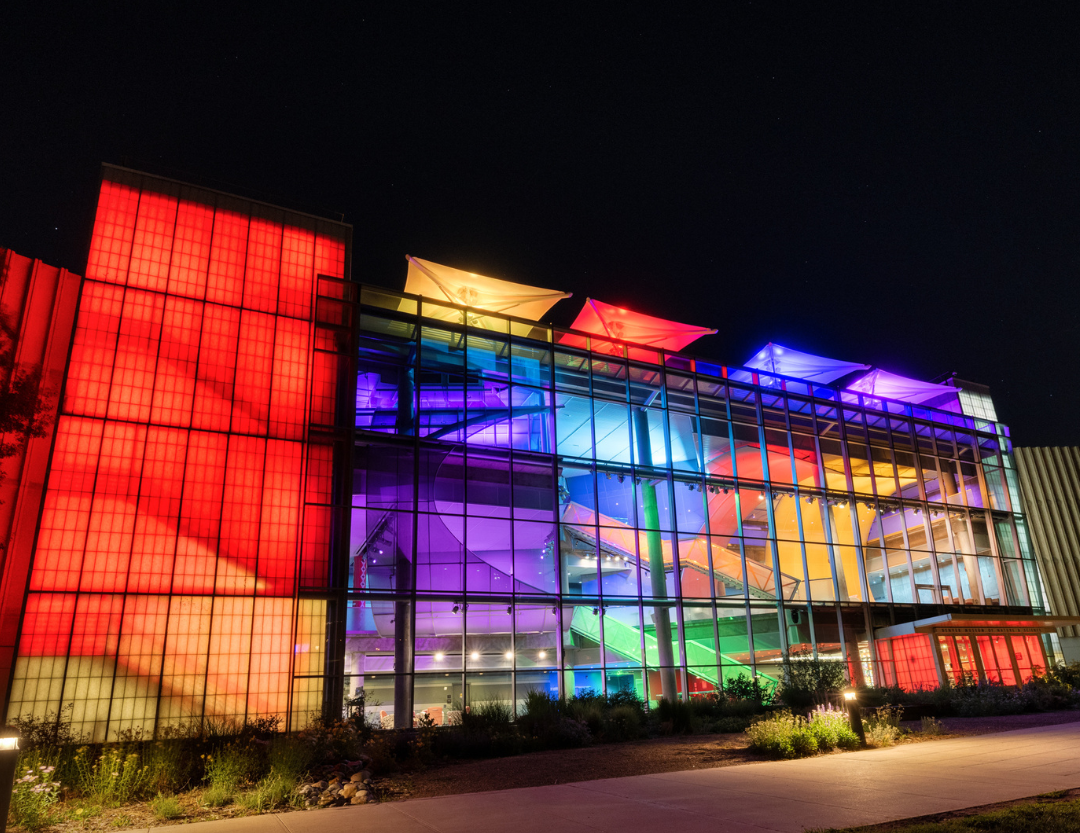SAN FRANCISCO — The California Academy of Sciences in San Francisco offers a planetarium, natural history museum and aquarium under one roof, and has embarked on a multi-year project to revamp its facilities in strict compliance with environmentally-friendly LEED standards. Located in San Francisco’s Golden Gate Park, the Academy is using F10, F20 and F30 projectors from Norway’s projectiondesign for reopened exhibit areas, including the Morrison Planetarium, Hohfeld Hall pre-show area, the Water Planet exhibit and the Visualization Studio used for creating visual and audio content. Visual Acuity, a technical visualization design consulting firm that worked with the Academy, San Stantec Architecture and contractors such as BBI, global immersion and Sky-Skan on the project, specified the projectiondesign gear. They based their decision on a number of factors, including the need to meet the specialist requirements of each area within the Academy, which included blending, warping and color matching and also a good “power in, light out” ratio.
“projectiondesign was the only major manufacturer who cooperated on giving us detailed heat load and environmental information combined with technology that exceeded our expectations in doing the various jobs around the Academy,” noted Blair Parkin, founder and managing director at Visual Acuity. projectiondesign, he added, “had professional projection displays that met both the demanding needs of our blended display surfaces and our criteria for use in a green building.”
Founded in 1853, the California Academy of Sciences has grown to be one of the world’s pre-eminent natural history museums, with important exhibitions on natural sciences as well as scientific education programs. It is an important centre for research, with over 20 million specimens and 100 scientific staff in 11 different fields of study.
“We’ve used the best quality technology to ensure that audiences are able to experience an immersive and virtual environment in an exceedingly visceral way and which actually enables them to become part of the action, and part of the science,” said Ryan Wyatt, the director of Morrison Planetarium and Science Visualization at the Academy.
The 290-seat Morrison Planetarium mimics the tilt of planet Earth and is cantilevered out over the Academy’s 212,000-gallon Philippine Coral Reef tank. The planetarium uses a seamless projection screen measuring 78 feet in diameter, tilted at 30 degrees. The dome screen is seamlessly covered with real time and pre-rendered computer graphics by a Global Immersion Fidelity Bright digital full dome display and theater management system. This uses six F30 sx+ projectors connected to a Global Immersion Media Server and playback solution, a Uniview cluster as well as a Sky-Skan Definiti graphics cluster.
The digital images give visitors a view of Mars and other virtual space jaunts, with future projects including a possible broadcast of live NASA feeds, eclipses and Academy research expeditions around the world envisioned for the future. A pair of F10 1080 HD projectors are located on the level three bridge, which are used to guide visitors between the planetarium and the rest of the Academy.
At the Hohfeld Hall pre-show visitor area, six projectiondesign F20 sx+ projectors are integrated and seamlessly edge-blended together and warped by Sky-Skan to provide a canvas for imagery of space sciences.
Water Planet includes a 100,000-gallon California Coast exhibit and a 212,000-gallon Philippine Coral Reef display. Once an hour, the lights go down inside the water tanks and the room transforms into a 360-degree projection theatre for a five-minute video about the importance of water on the planet. The show uses 10 projectiondesign F20 sx+ model projectors to project images on silvery sculpted walls. The projections continue between shows as well, animating tank displays with graphics. Projected touch-sensitive images combine with running water for three “wet interactive” displays as well, incorporating three F10 sx+ projectors.
Thinc Design designed those exhibits in collaboration with Urban A&O, with the projection, sound and control systems installed by BBI of San Francisco.
The Visualization Studio at the Academy, the prime resource for creating high-resolution visual and audio content based on the Academy’s research data and information collected from partner institutions from around the world, uses a F20 sx+ reference projector.
“All this has been made possible by the high quality features of the projectors and their ability to be color matched and blended,” noted Parkin. “They use low power, making them easier to accommodate in a green building. The entire Academy audio and picture infrastructure is digital, and uses fiber connections into the DVI inputs on all projectors. The lens shift for short throw applications and projecting up into a dome is an optical characteristic of the F20 and the F30 series and has been critical to good image coverage of the projection surface.”
Anders Løkke, International Marketing & Communications Manager at projectiondesign adds, “This installation is truly the most sophisticated and diverse use of our projection system and technology within a single venue that we’ve been involved in. It clearly demonstrates how our projectors are designed for optimum efficiency and operational flexibility of the Academy. We look forward to contributing to their vision of educating the public, displaying the most outstanding exhibits and pioneering research in science.”
For more information, please visit www.projectiondesign.com.


